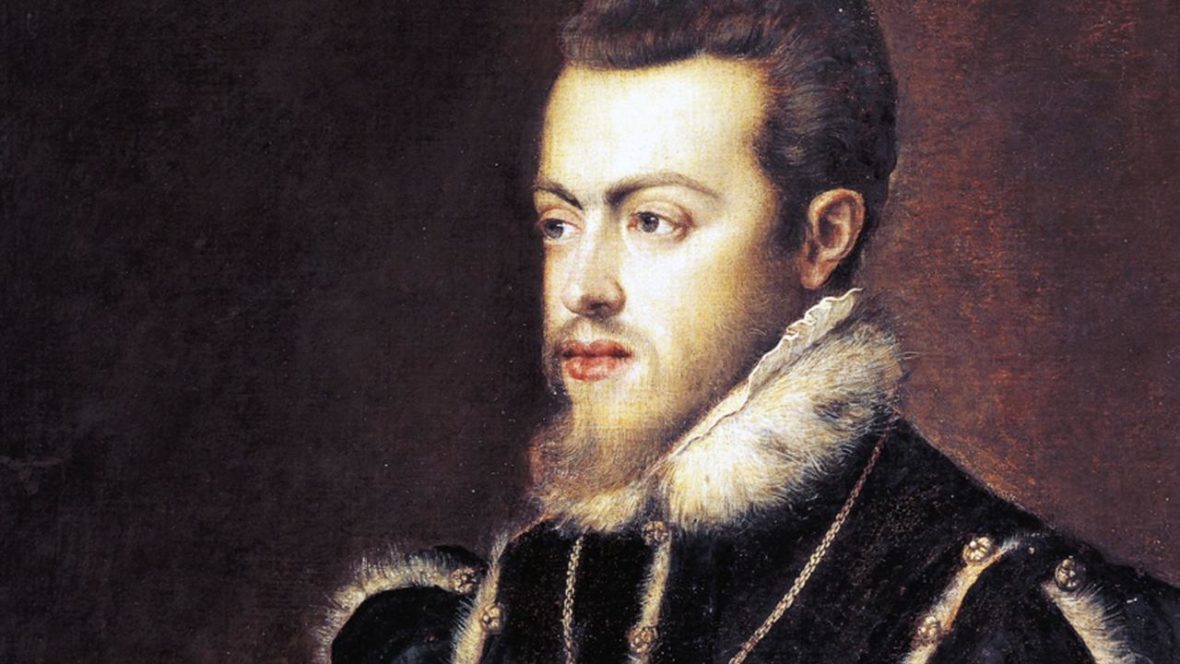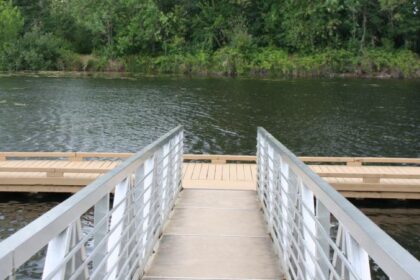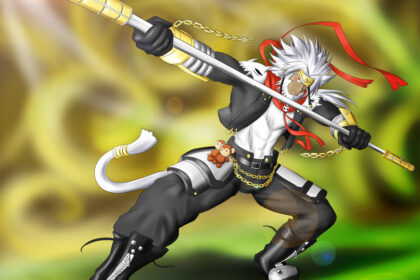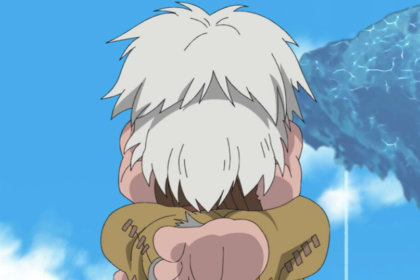Sir Francis Drake was an English sea captain, privateer, slave trader, naval officer, and explorer of the Elizabethan era. Drake carried out the second circumnavigation of the world in a single expedition, from 1577 to 1580, and was the first to complete the voyage as captain while leading the expedition throughout the entire circumnavigation. Take a look below for 30 more interesting and bizarre facts about Francis Drake.
1. With his incursion into the Pacific Ocean, he claimed what is now California for the English and inaugurated an era of conflict with the Spanish on the western coast of the Americas, an area that had previously been largely unexplored by western shipping.
2. Elizabeth I awarded Drake a knighthood in 1581, which he received on the Golden Hind in Deptford.
3. As a Vice Admiral, he was second-in-command of the English fleet in the battle against the Spanish Armada in 1588.
4. He died of dysentery in January, 1596, after unsuccessfully attacking San Juan, Puerto Rico.
5. Drake’s exploits made him a hero to the English, but his privateering led the Spanish to brand him a pirate, known to them as El Draque.
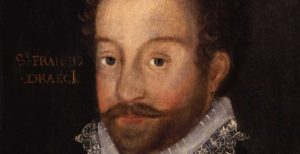
6. King Philip II allegedly offered a reward for his capture or death of 20,000 ducats, which is about $8 million in modern currency.
7. Drake was born in Devon, England, at some time between 1540 and 1544, although no record of birth exists.
8. He was the oldest of 12 sons.
9. His father was Edmund Drake, a farmer on Lord Francis Russell’s estate, and his mother was Mary Mylwaye Drake.
10. Drake apprenticed with a merchant sailor, and then became a privateer with his relatives, the Hawkinses, and in 1560 became commander of the ship, the Judith.
11. In the 1560s, as a commander of the ship the Judith, Drake sailed to Africa with his cousin and acquired slaves, whom they then sold to settlers in New Spain.
12. In 1572, Queen Elizabeth I granted Drake a privateer’s commission. He set off for Panama with a large crew, where they raided Spanish settlements. They returned in 1573, and were soon sent to South America to continue with their “privateering.”
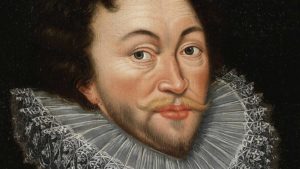
13. In 1580, Drake returned to Plymouth, with a large amount of looted gold and silver. The Queen knighted him in 1581.
14. In late 1581, Drake was elected to the House of Commons.
15. In 1581, he became Plymouth’s mayor.
16. England and Spain’s relations grew much worse between 1585 and 1586, leading to an attempted invasion of England by the Spanish in 1588. The invasion failed due to Drake’s position as vice admiral of the English Navy and his battle plans.
17. Drake was again sent out by Queen Elizabeth to destroy any Spanish ships and to aid the Lisbon rebels against the Spanish. More than 20 ships were lost, along with more than 12,000 members of the English Navy.
18. Drake married Mary Newman in 1569. She died in 1581.
19. He then married Elizabeth Sydenham in 1585. They were still married when he died. He had no children.
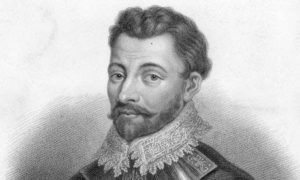
20. Several places have been named after Drake, including the naval base HMS Drake, Drakes Bay, and Drake’s Island, as well as streets, roundabouts, a hotel, a high school, and Mount Sir Francis Drake.
21. Drake made a large portion of his fortune by kidnapping West African people and selling them for goods in other countries.
22. After his death, his property and titles were passed on to his nephew, who was also named Francis.
23. In 1961, a British TV series titled, “Sir Francis Drake” was made. Actor Terence Morgan played his role.
24. In 2009, a made-for-television movie titled, “The Immortal Voyage of Captain Drake,” was directed by Rafael Jordan.
25. Drake has been a source of inspiration for many writers and filmmakers. His execution of Thomas Doughty inspired Robert E. Howard’s Solomon Kane poem, “The One Black Stain.”
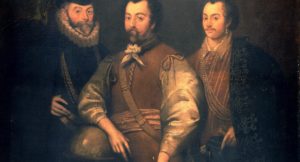
26. He has been the inspiration behind the video games, “Uncharted: Drake’s Fortune” and “Uncharted 3: Drake’s Deception.”
27. Drake is often incorrectly credited for introducing the potato to England, after his circumnavigation of the globe.
28. He didn’t make an inventory of the plunder he had acquired to avoid taxes from the Spanish or claims for it to be returned. Only Queen Elizabeth I and Drake knew the exact amount he looted on his circumnavigation and his voyages were classified as “the Queen’s secret of the Realm.”
29. Drake ordered a surgeon to open up his brother’s body after he died of an unknown disease.
30. A cannon ball is said to have flown straight through Drake’s legs but he was uninjured. This was during a battle in the harbor at Palma on Drake’s said on the West Indies.

